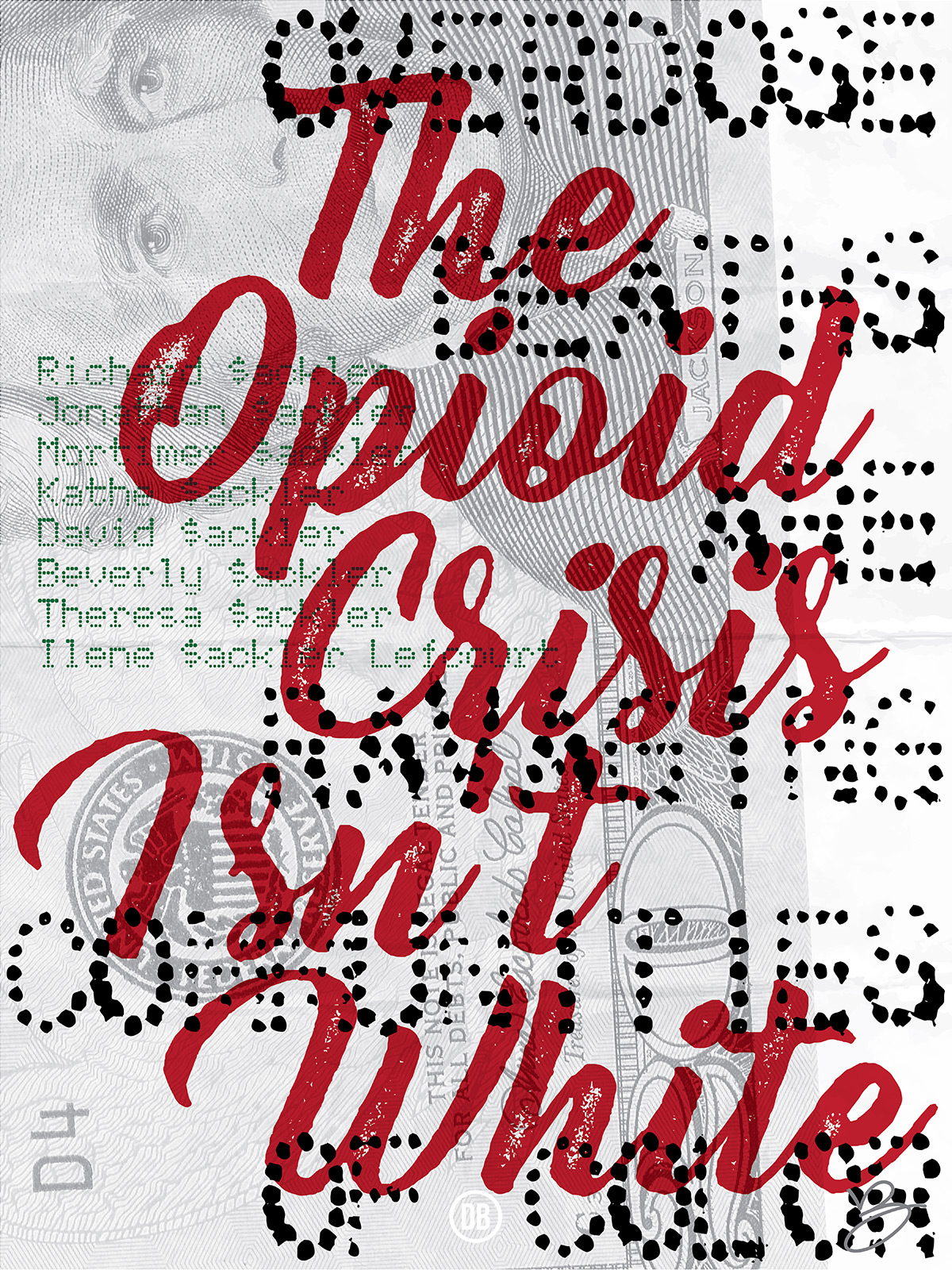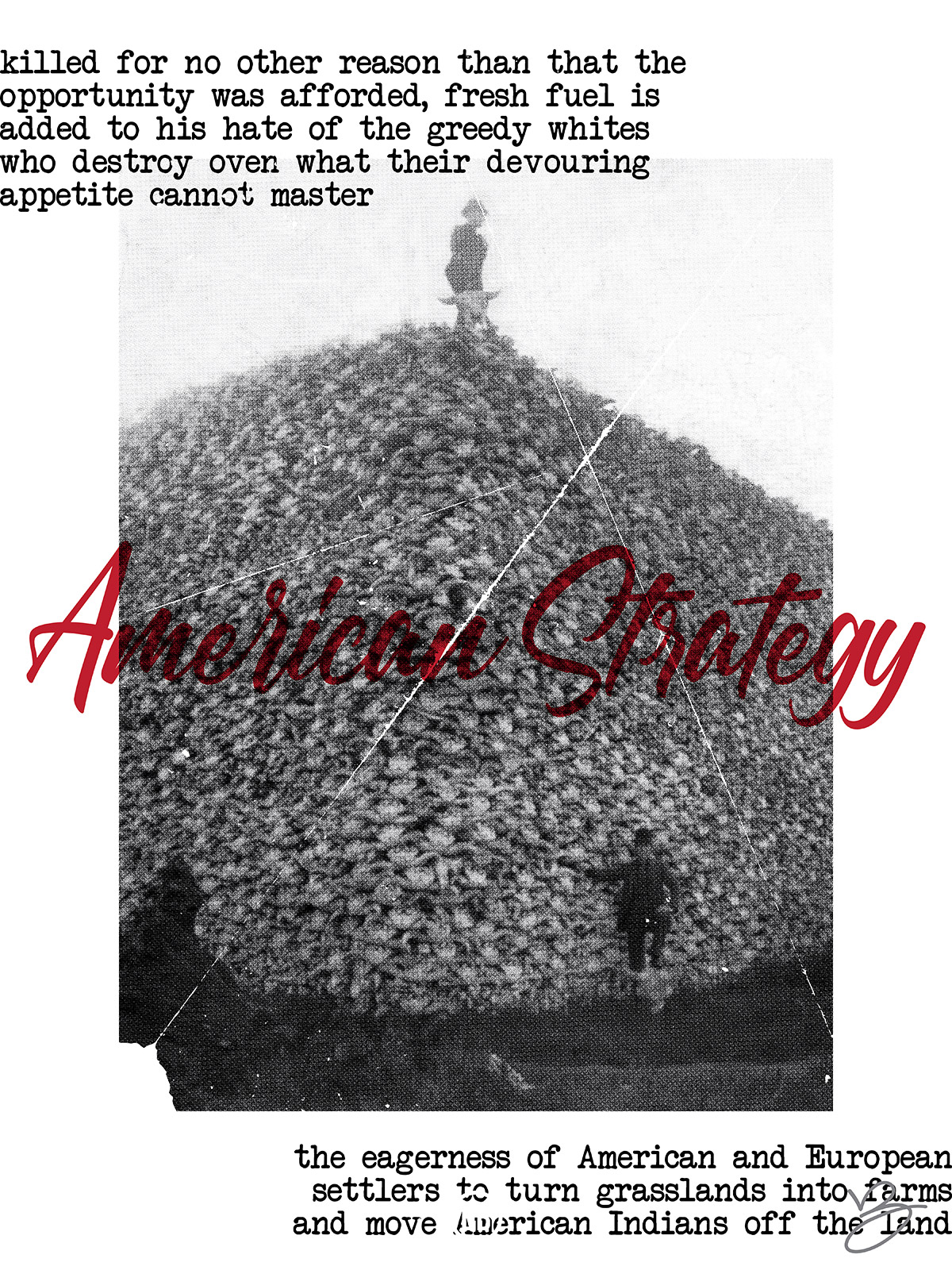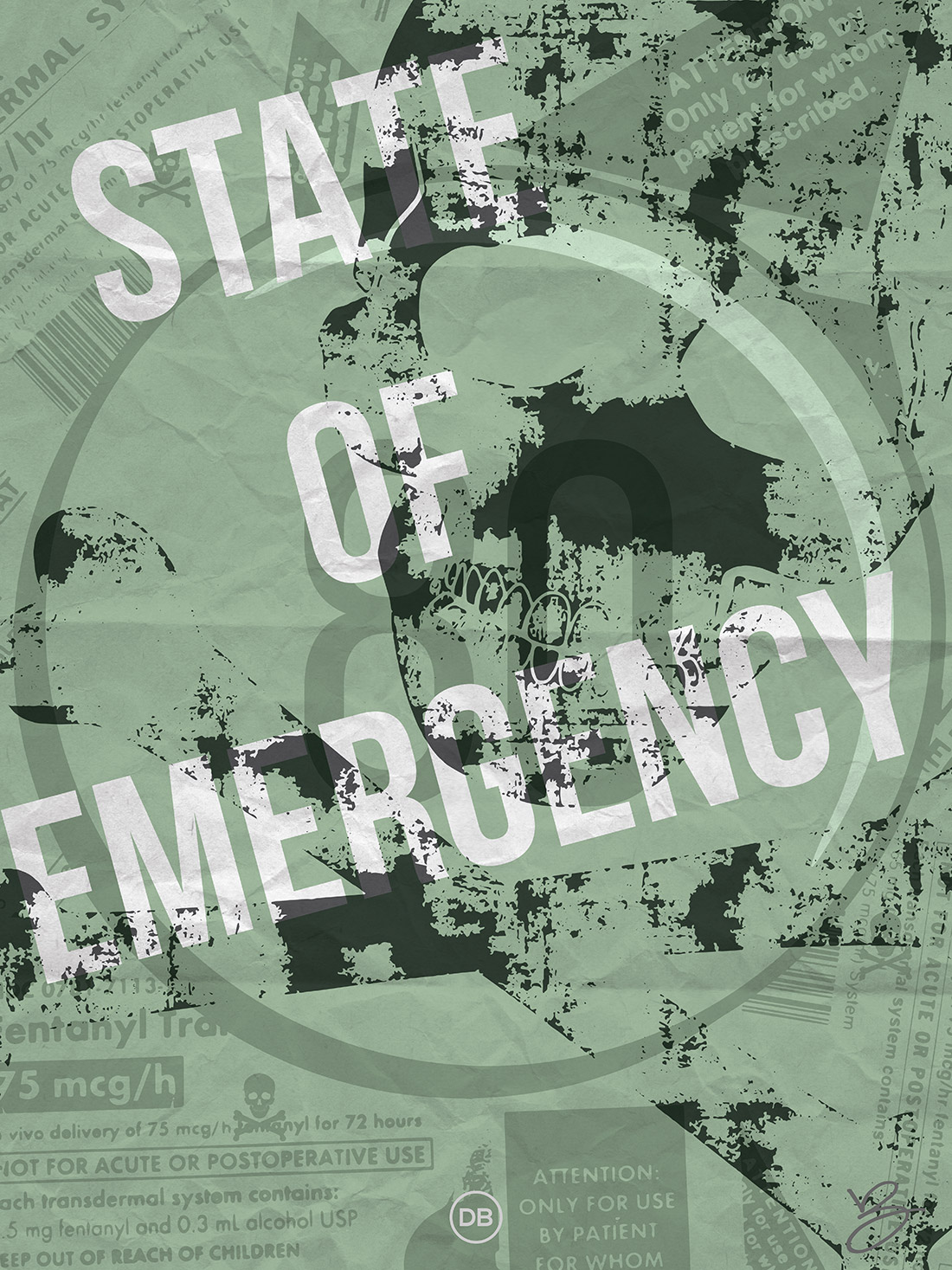Articles
“Last April, The Baltimore Sun ran an op-ed essay by a woman in mourning. Her sister, a “middle-class suburban mom,” had become addicted to alcohol and opioids and died. Two years earlier, The Wall Street Journal published the names and photographs of some of the 300,000 Americans who had died of opioid overdoses since the 1990s. Smiling faces stared back at the reader with eyes full of promise. The families of the dead described how their once-vibrant loved ones had fallen into opioid use, how an injury or divorce led to medication, which then spiraled into addiction. In 2016, the NPR podcast “Embedded” told the heartbreaking story of a nurse with three children who hurt her back at work and was soon hooked on opioids.
It’s notable how this kind of coverage emphasizes the humanity of opioid users. Phrases like “introduced to,” “caused by” and “fell into” are increasingly used to describe pathways to addiction, and we often hear the perspectives of loved ones who vouch for the lives of victims were before they became addicted. Something else stands out, too: It seems the majority of the victims whose stories have been told in recent years are white. This has led to journalists and others pointing out the stark contrast between the kind of compassionate treatment opioid users receive now and the contempt that dominated reports about the largely black victims of the crack epidemic of the 1980s and 1990s.
–
Native Americans have also been hit hard by the opioid crisis. According to the Centers for Disease Control and Prevention, between 1999 and 2015 Native Americans had the largest increase in overdose deaths compared to other groups. The C.D.C. also reported that in 2016, rates of prescription-opioid-related overdose were higher among both non-Hispanic whites and Native Americans than other groups. In response to this, several Native American tribes have filed lawsuits against the manufacturers and distributors of prescription opioids.
Where the opioid crisis has affected nonwhite communities, the response has often been slow and inadequate. In Puerto Rico, before Hurricane Maria, there were 600 fentanyl-related overdoses and 60 deaths in 2017. There are no official statistics for the time after that, but those who work with drug users say they have seen an increase in overdoses since the hurricane. Puerto Rico has not applied for federal funding to tackle the opioid crisis, nor has it passed a law to allow the administration of the lifesaving overdose drug naloxone by nonmedical personnel.”
– The New York Times, The Opioid Crisis Isn’t White.
“For more than 40 years, methadone was the most effective method for people addicted to heroin to keep their cravings in check. But in 2002, the Food and Drug Administration approved another medication to treat opioid addiction: buprenorphine, sold most widely in a compound called Suboxone. Both methadone and buprenorphine are extremely effective in keeping recovering users from relapsing, according to medical research, but Suboxone is engineered to reduce the possibility of abuse and overdose. Crucially, the medication can be prescribed in doctors’ offices and then taken at home.
Many hoped that buprenorphine could mean an end to the daily hurdles to receiving treatment for tens of thousands of patients: no additional commute, no security check, no waiting, no line for the plastic cup.
But today in the city, that is primarily true only for middle-class or upper-middle-class patients seeking help with their addiction.”
– The New York Times, Opioid Addiction Knows No Color, but Its Treatment Does.
Download
Download the 18″x24″ poster (.pdf), Indian Country 52 #8 – Crisis Isn’t White (Opioids).
Close Ups



Indian Country 52
Indian Country 52 is a weekly project by David Bernie that uses the medium of posters that promote issues and stories in Indian Country. Follow the series: Indian Country 52
Creative Commons License

This work by David Bernie is licensed under a Creative Commons Attribution-NonCommercial-NoDerivatives 4.0 International License. You may download, share, and post the images under the condition that the works are attributed to the artist.









